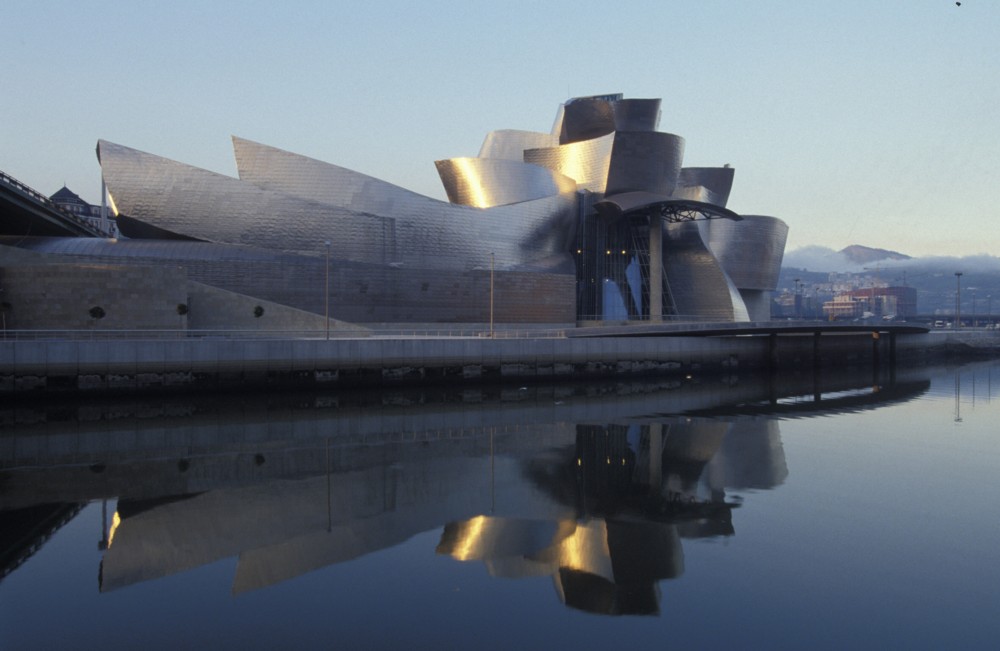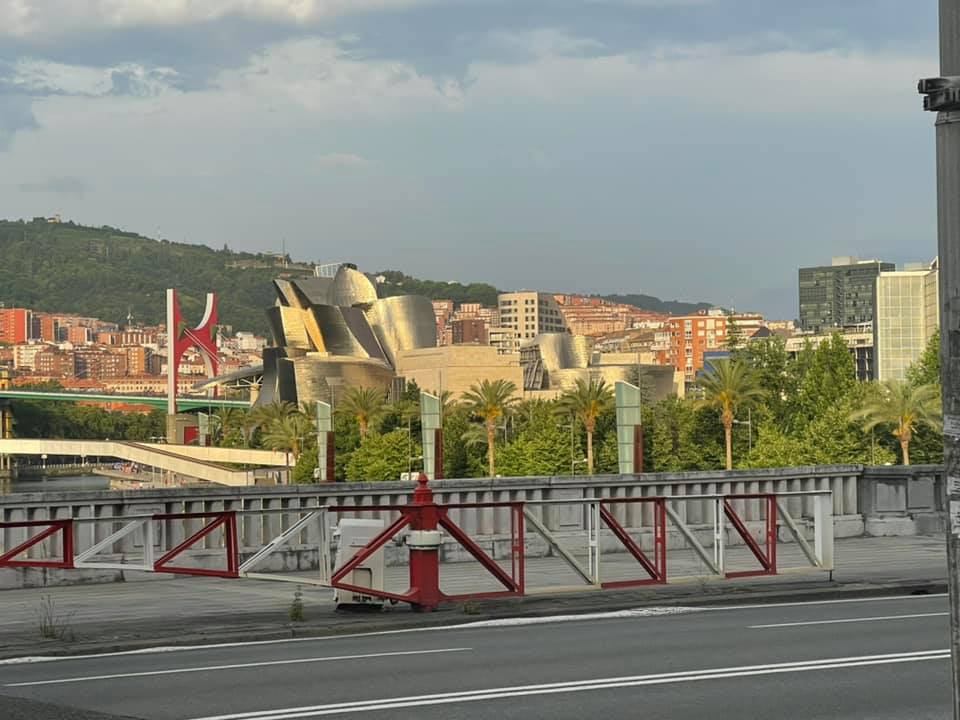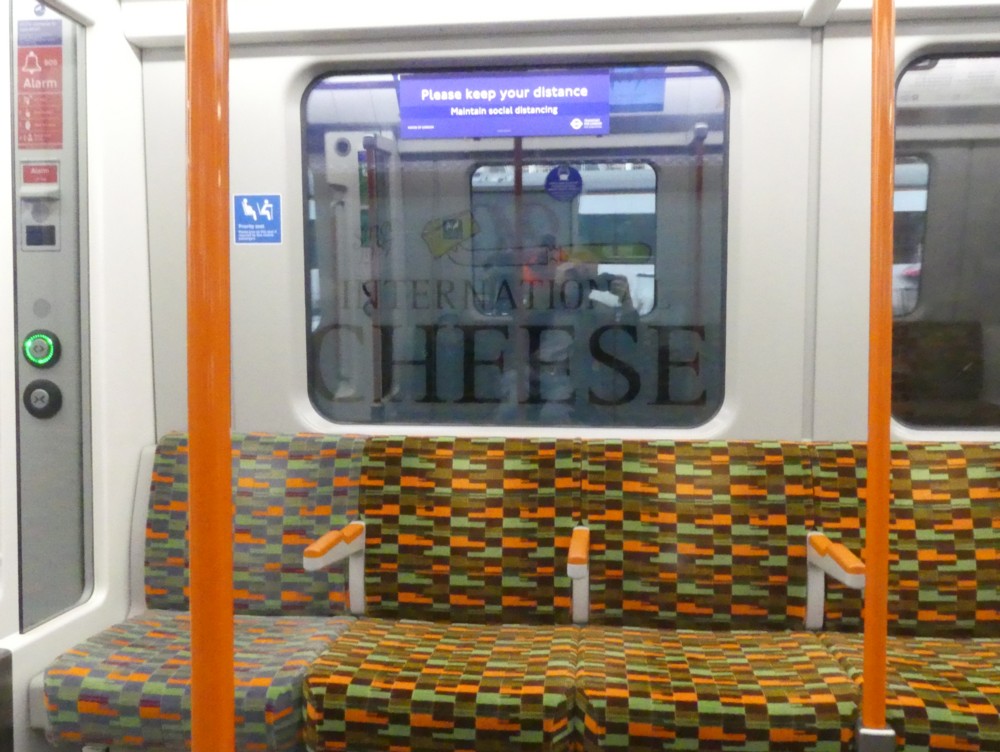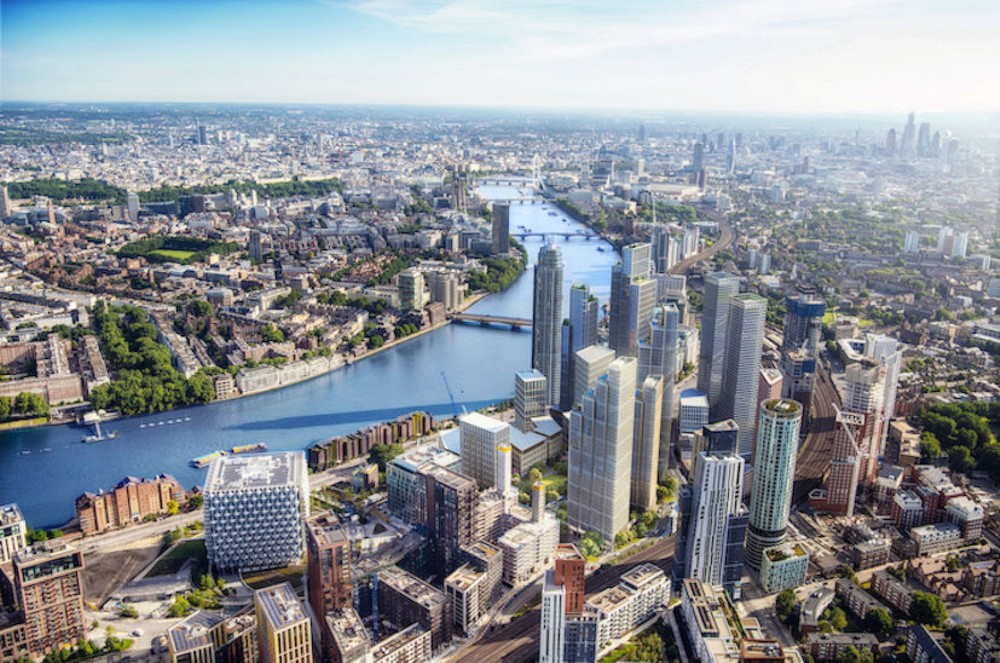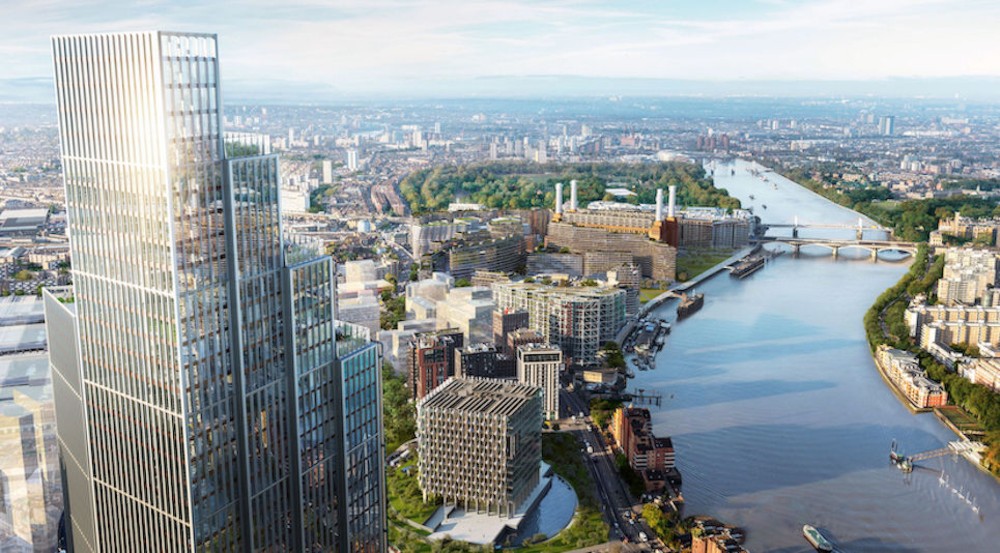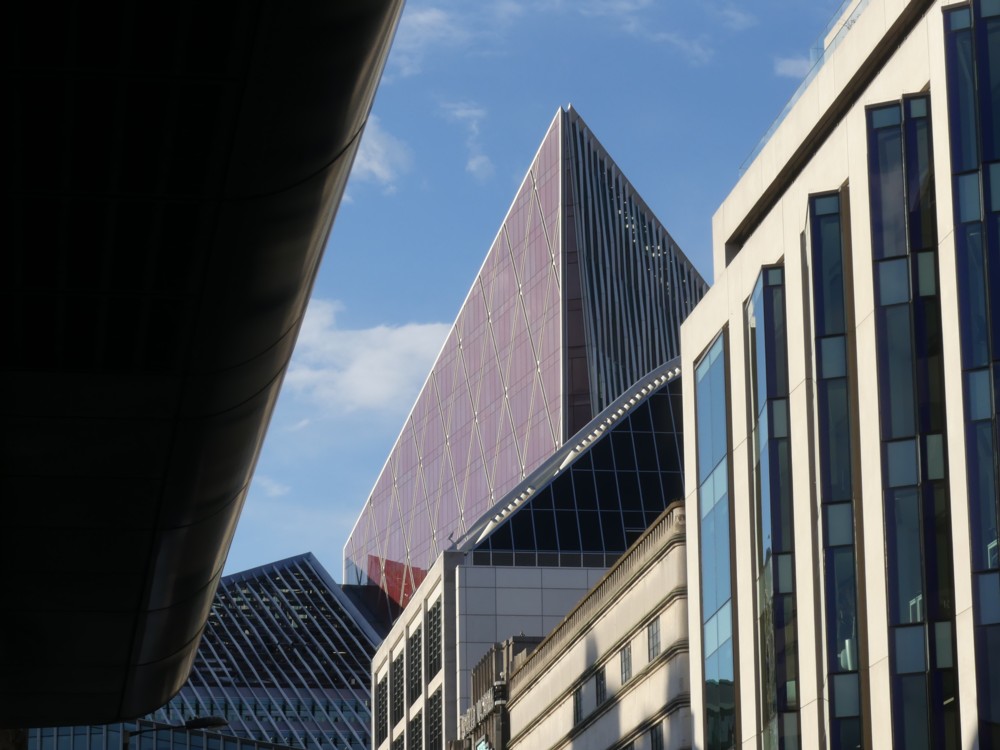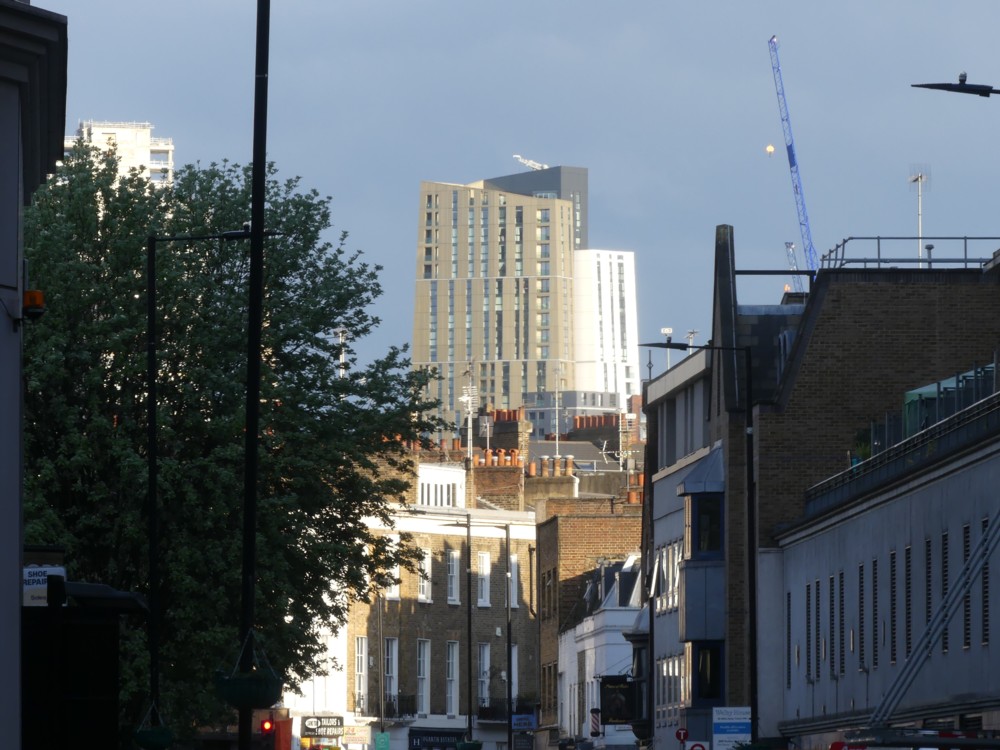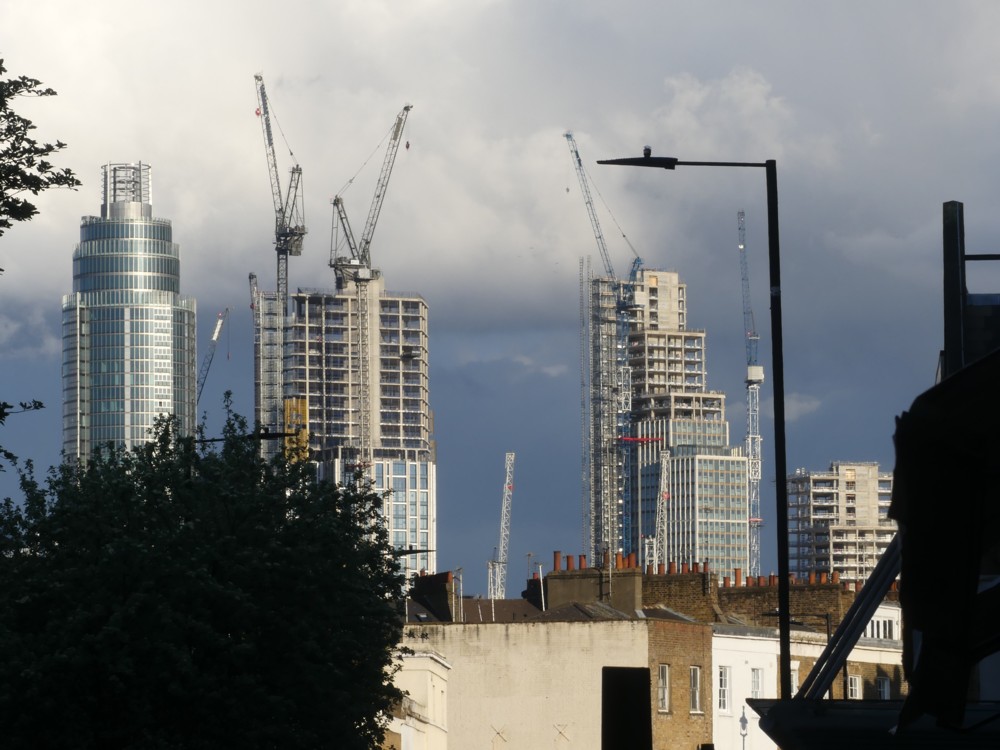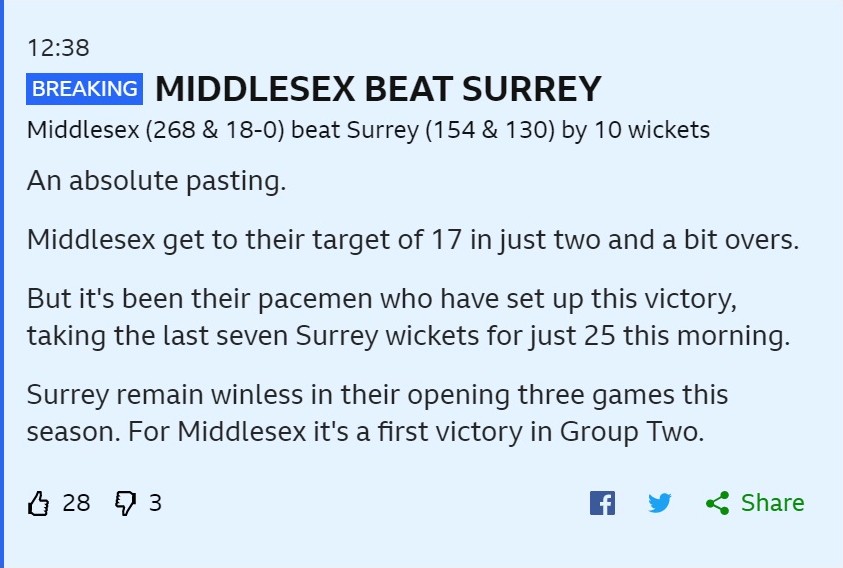Earlier today I had a really serious phone conversation with my Designated Best Friend about palliative care, being kept alive with scary electric shock machines (which my DBF said actually work very rarely and are far more likely to inflict painful and permanent damage like a busted rib). In short, it was a conversation about my death. And I entirely saw the point of this conversation and was very grateful to my DBF for having it with me. I need to say what sort of death I would like, before it actually starts seriously happening and I become incapable of saying anything coherent about what I want. So, important stuff.
Problem was, I had been keeping half an eye on the county cricket, and in particular on this game between Hampshire and Surrey. Surrey have had a wretched season so far, and Hampshire have been doing really well, so that was going to start badly for Surrey and get worse and worse as the next few days went by. But I was paying attention anyway, because, you know, you never know.
So, Surrey had won the toss and had put Hampshire in to bat. But then, after nearly an hour of further Surrey underachievement, and for the first time this season after three dud games, Surrey suddenly started doing really, really well. Right in the middle of the serious phone conversation, this is what I observed, on Cricinfo, being done by two Surrey bowlers called Clark and Clarke to the hitherto formidable Hampshire middle order:

For non-cricket people, that is very successful bowling by Surrey and very unsuccessful batting by Hampshire, who, in the space of thirteen deliveries, went from 44 for 2 to 44 for 6. Until this exact moment, Surrey had not been taking nearly enough wickets or taking them nearly soon enough. Then, in a blink, all that completely changed.
I want to insist that I never lost the thread of the serious conversation I was having with DBF: No please don’t resuscitate me if I have a heart attack in a hospital, but yes indeed, I’d rather die at home but how much might that end up costing, given that professional care will surely be needed?, and no you’re right it’s important to discuss all this beforehand so thanks for doing this. But also, strictly inside my head you understand, I was screaming to myself: Hey look, Surrey are doing really well!!! Look at that!!! Four wickets for no runs!!! On the first morning!!! Wow!!! Yeah yeah, I’m going to be dying soon and I know I have to get that sorted, but … wow!!! I even managed to do the above screen capture, without at any time failing to be conversationally coherent and serious with DBF about my death.
This is what I love about following sport, especially the way I have done for the last decade and a half, at a distance, via The Internet. Great moments in sport, like this moment when Surrey Actually Started Doing Well in 2021, intersect with how your life was at the time. I still remember that 1981 miracle Ashes test match fondly, and listening to it on the radio in a van with which I was (very happily) delivering number plates, a radio which only worked when the van’s engine was not running, which complicated things in a delightful way that I’ll never forget for as long as I live. Well, now, here’s another of these classic sport-meets-real-life moments. Life doesn’t get much more real than when you’ve been told that “for as long as I live” isn’t actually going to be that long, and sport doesn’t get much better than when your team has been firing blanks for a month and then suddenly does something like what’s in the picture above.
By the end of the day Surrey were totally on top. Surrey’s bowlers, particularly Clark and Clarke (there were even three Hampshire batters who got out caught Clarke bowled Clark), were unstoppable, and Hampshire’s first innings total came to a mere 92. Hampshire’s much feared foreign pace men, Abbot and Abbas, then had to bowl in quite different conditions after lunch and achieved only the one Surrey wicket in the whole of the rest of the day. Surrey are already ahead on first innings and should – should – now win comfortably. Even Hashim Amla, who got 0 and 0 in the previous game, got some runs, along with Burns, and both could make more tomorrow.
All my life people have been telling me stories of old men dying with smiles on their faces, merely because their sports team was doing well when they died. Would I still feel that way about sport when death stared me in the face? So far: yes.


